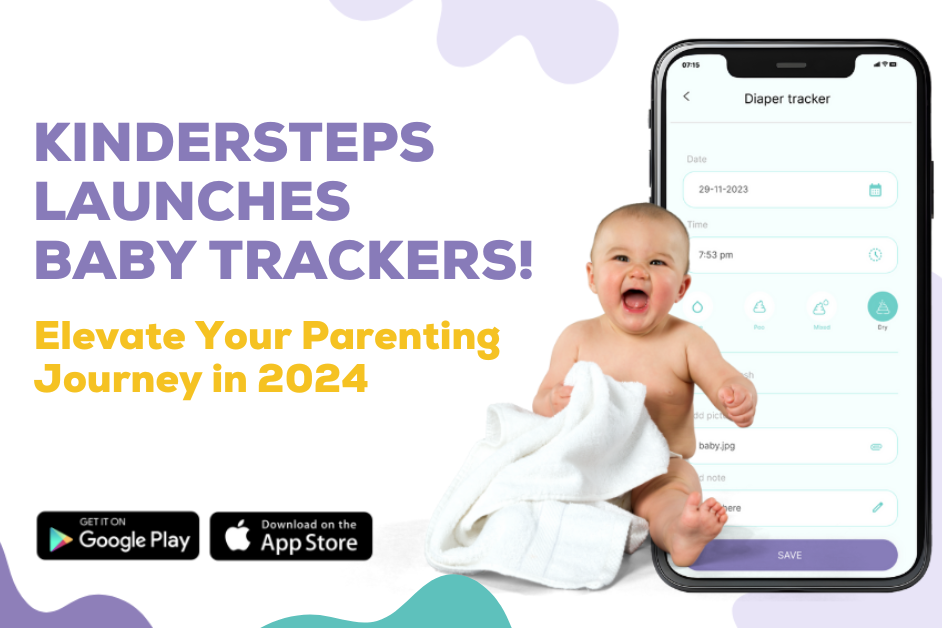Hey there, fellow parents! Don't we all want our little ones to grow up as happy and emotionally well-rounded individuals? Absolutely! Well, here's some exciting news: one of the most important skills we can teach our preschoolers is all about emotions. Yep, you heard it right! By helping them understand and manage their feelings from an early age, we're giving them some super-duper tools to navigate the sometimes confusing world of emotions. And that's exactly what we're going to dive into in this blog post – seven fantastic tips that will make teaching your preschooler about emotions a total blast! So, get ready to embark on this fun and engaging journey with us. Let's go!
Creating an emotional learning environment
Creating a safe and nurturing environment is the foundation for teaching children about emotions. Your child should feel comfortable expressing their feelings without fear of judgment or punishment. Encourage open communication by actively listening to your child and validating their emotions. Be a positive role model by healthily expressing your own emotions. By creating an emotionally responsive environment, you lay the groundwork for your child's emotional growth.
Naming and identifying emotions
Preschoolers are just beginning to understand the vast range of emotions they experience. Help them by introducing basic emotions such as happiness, sadness, anger, and fear. You can use books, pictures, and games to help your child recognize and label these emotions. Practice identifying emotions in everyday situations, such as pointing out when a character in a storybook is feeling sad or when your child is feeling happy after a fun activity.
Validating and normalizing emotions
It is crucial to validate your child's emotions and let them know that it is okay to feel a wide range of emotions. Avoid dismissing or trivializing their feelings, as this may discourage them from expressing themselves in the future. Normalize emotions by explaining that everyone feels different emotions, and they are all valid and temporary. Help your child understand that it's natural to feel sad or angry sometimes and that it's how we handle those emotions that matter.
Teaching emotional regulation techniques
Emotional regulation is a vital skill for children to learn. Teach your child simple techniques for calming down when they are upset, such as taking deep breaths or counting to ten. Encourage self-soothing techniques, such as hugging a stuffed animal or taking a break in a quiet space. Guide your child in identifying and expressing their emotions in healthy ways, such as talking about their feelings or drawing a picture to express what they're experiencing.
Encouraging empathy and perspective-taking
Empathy is the ability to understand and share the feelings of others. Help your child develop empathy by teaching them to understand and empathize with others' emotions. Practice perspective-taking through role-playing and storytelling. Encourage your child to imagine how others might be feeling in different situations. Promote kindness and compassion towards others, emphasizing the importance of treating others as they would like to be treated.
Using emotion-based activities and games
Engage your child in activities that promote emotional awareness. For example, you can create emotion-themed crafts or play emotion-themed games. Use art, music, and movement to help your child express their emotions creatively. Encourage them to draw or paint how they feel or to dance and move their bodies to express different emotions. These activities make learning about emotions fun and interactive for your preschooler.
Consistency, patience, and positive reinforcement
Teaching emotions is a journey that requires consistency, patience, and positive reinforcement. Be consistent in your approach to teaching emotions and provide regular opportunities for your child to practice what they have learned. Be patient with the learning process, as understanding and managing emotions takes time. Use positive reinforcement and praise to encourage your child's emotional growth. Celebrate their efforts and progress along the way.
Teaching your preschooler about emotions is truly a gift that will have a lasting impact on their lives. By following the seven valuable tips we've explored together - creating an emotionally responsive environment, naming and identifying emotions, validating and normalizing emotions, teaching emotional regulation techniques, encouraging empathy and perspective-taking, using emotion-based activities and games, and being consistent, patient, and positive - you are laying a strong foundation for their emotional intelligence.
Kindersteps is designed to deepen the bond between parent and child, providing daily suggested activities and even a private newsfeed just for you and your little one. So go ahead and download the app now.






.jpg?alt=media&token=166b64a9-274c-400c-95e4-baf0013e7e43)
